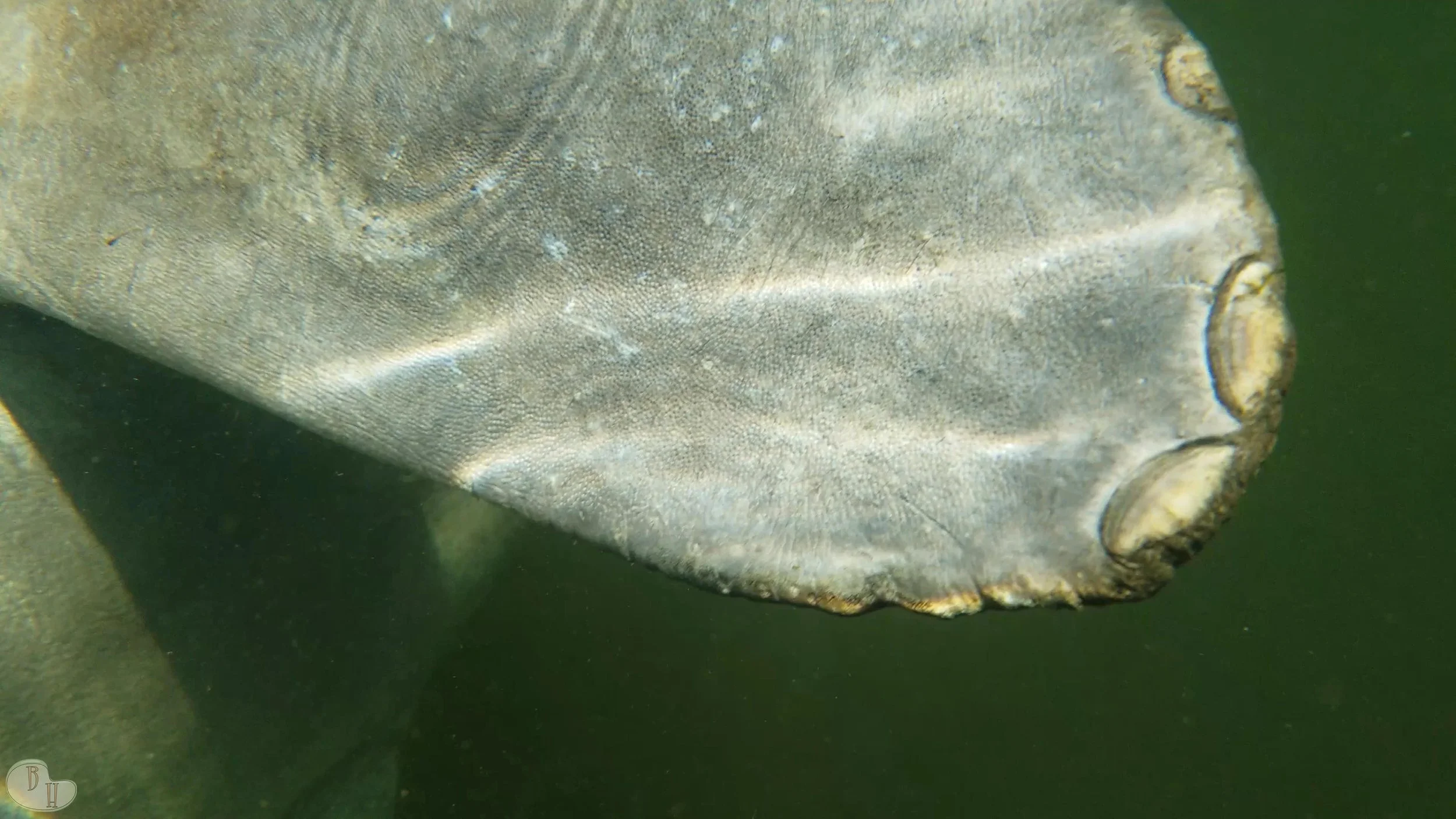Manatees, often affectionately known as “sea cows,” are captivating marine mammals celebrated for their serene demeanor and unique adaptations. Among these adaptations, one of the most intriguing features is the presence of nails on their flippers. These nails, reminiscent of those found on their terrestrial relatives, the elephants, play several crucial roles in the manatees' daily lives. Let’s delve into why manatees have nails and how they benefit from them.
Evolutionary Background
Manatees are part of the order Sirenia, which also includes dugongs. Their evolutionary lineage links them to land-dwelling mammals, with elephants and hyraxes as their closest living relatives. Over millions of years, as manatees transitioned to an aquatic lifestyle, they retained certain features from their ancestors, including the nails on their flippers. Although these nails have evolved from their original functions, they continue to serve important roles in the manatees' survival.
Functions of Manatee Nails
Grasping and Manipulating Objects: Manatees use their flippers to handle various objects, particularly when foraging for food. The nails on their flippers enhance their ability to grasp and manipulate seagrass and other aquatic vegetation, which is essential for their diet. This adaptation is crucial for their feeding habits, allowing them to efficiently pull up and consume the plants that make up their diet.
Stabilization and Movement: The nails provide additional support and grip, helping manatees maintain balance and maneuver through the water. When swimming, manatees use their flippers to steer and stabilize themselves. The nails contribute to more controlled and precise movements, which are essential for navigating their underwater environment.
Protection and Sensory Function: The nails also play a protective role by shielding the sensitive tips of the flippers from abrasions and injuries. This is particularly important as manatees move through various underwater terrains. Additionally, the nails may have a sensory function, offering tactile feedback that helps manatees interact with their surroundings, enhancing their ability to detect changes in their environment.
Anatomical Structure
Manatee flippers contain jointed bones that are analogous to the “finger-like” bones found in human hands. Typically, each flipper has three or four nails aligned with these bones, which supports a range of movements. This anatomical structure makes the flippers highly versatile, allowing manatees to perform various activities with precision.
Conservation and Awareness
Understanding the anatomy and behavior of manatees is vital for their conservation. Manatees are classified as vulnerable species, facing threats from habitat loss, boat collisions, and environmental changes. Ecotour companies like River Ventures in Crystal River and River Safaris in Homosassa are dedicated to manatee conservation and education. River Ventures offers year-round manatee swimming tours, allowing guests to observe these majestic creatures in their natural habitat while promoting awareness about their protection. Similarly, River Safaris provides seasonal tours during the winter, emphasizing the importance of conserving manatee populations and their habitats.
By learning about manatees and their unique adaptations, we gain a deeper appreciation for their role in marine ecosystems and the urgent need to safeguard their future. River Ventures and River Safaris are committed to this mission, combining thrilling educational experiences with a focus on conservation.
The nails on manatees’ flippers are a remarkable example of evolutionary adaptation, aiding in their ability to grasp, stabilize, and protect themselves in their aquatic environment. These features not only highlight the manatees’ ancient lineage but also underscore the importance of conservation efforts to ensure their survival in a changing world.

